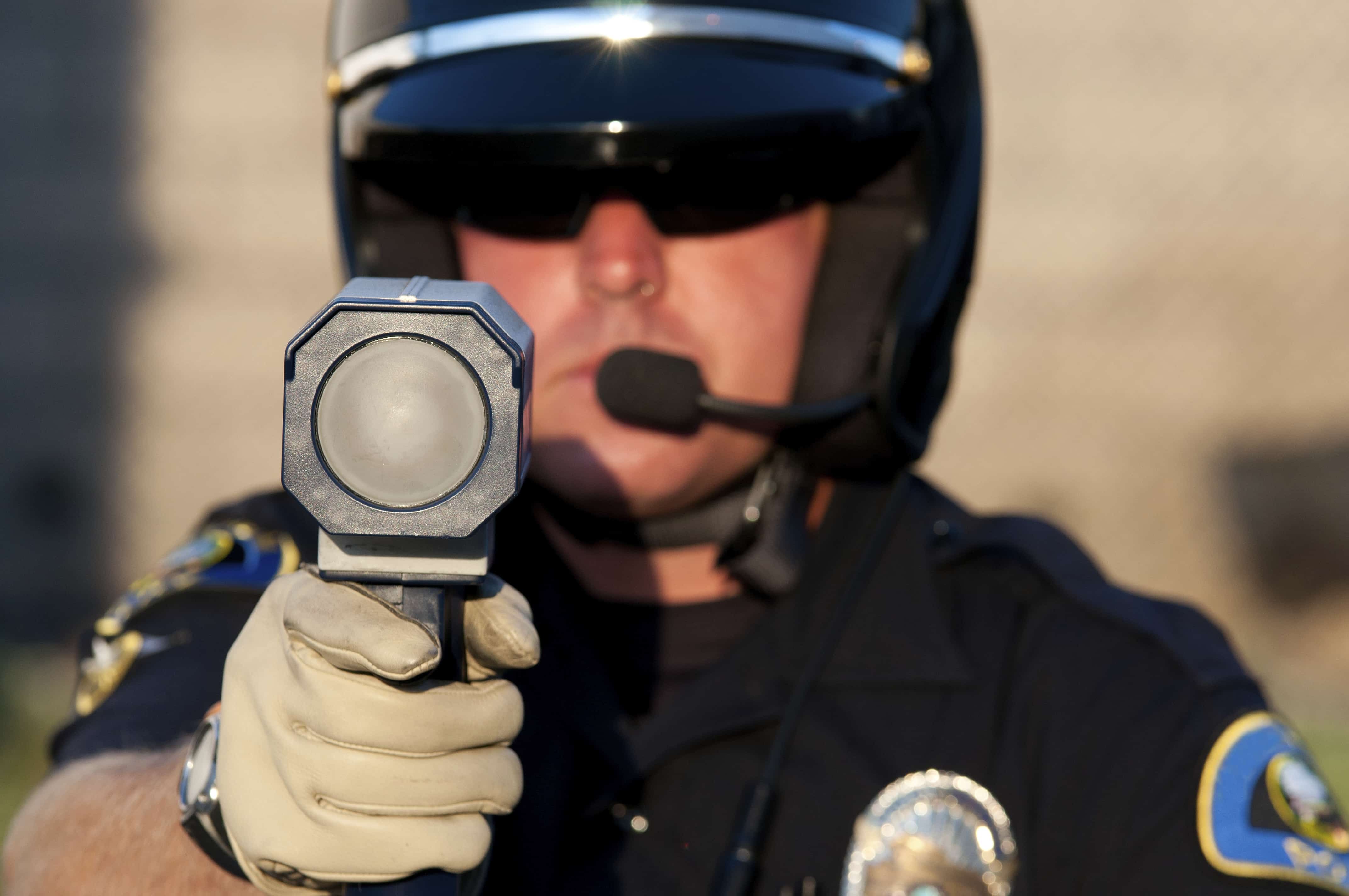Failure To Yield
Also Known As Failure to Stop
Failure to Yield – What Does It Mean?
Failure to yield, sometimes called failure to stop, is a criminal charge applied when a driver fails to stop for a police officer. According to A.R.S. 28-1595A:
“The operator of a motor vehicle who knowingly fails or refuses to bring the operator’s motor vehicle to a stop after being given a visual or audible signal or instruction by a peace officer or duly authorized agent of a traffic enforcement agency is guilty of a class 2 misdemeanor.”
What failure to yield looks like in real life
A police officer believes he has seen a traffic violation. He gets behind the driver who supposedly committed the violation and “lights him up” (turns on his disco lights).
The police officer then expects the driver to pull over and stop immediately. If this does not happen within a time and distance acceptable to that particular police officer, the driver will likely be charged with failure to yield. All of a sudden, some minor civil violation like speeding or a wide turn results in a criminal charge.
Penalties For A Failure To Yield Conviction In Arizona
Possible Penalties:
- Fines up to $750 plus surcharges and court assessments that could nearly double the total fine
- Up to 4 months in jail
- Up to 2 years probation
Likely Penalties:
- Class 2 misdemeanor conviction
- Fines in the $300-$600 range
- Jail and/or probation are unlikely
Possible Collateral Consequences:
- Increased insurance rates
- Immigration issues resulting from a criminal conviction
- Having to disclose a criminal conviction on job applications
What Are Some Possible Defenses Against A Failure To Yield Ticket?
We typically see this charge applied to drivers who are on unfamiliar roads at night in rural areas. Imagine you are driving down a dark road in the middle of the night with no other cars around. You see a police officer behind you with his lights on. You start looking for a place to pull off. You don’t see any exits, there is very little berm, or there might be a guardrail. You don’t know the area and before you know it, you’ve driven another mile looking for a safe place to pull off. When you finally stop, you are confronted by an angry police officer who thinks you were ignoring him. Keep in mind that that police officer likely knows that road like he knows his own face. He’s driving it every day issuing tickets to motorists.
The defense argument here is that the driver stopped as soon as he believed he could under the circumstances, and as soon as he thought it would be safe.
Theses situations really put the driver in a tough spot. If the driver stopped in an unsafe place, that too would irritate the police officer and could spawn a separate charge for that. It can be a “screwed if you do, screwed if you don’t” situation.
Occasionally a driver will see police lights but the officer is so far away and the driver is unaware that they have done anything wrong. The driver believes that the police officer is going after someone else and carries on their way. By the time the driver realizes the police officer is in fact targeting them, the officer believes the driver is failing to stop. Here the argument is that the driver stopped as soon as he realized he was being asked to stop.
Unlawful Flight – A Similar But More Serious Charge
Often when we interview officers in these cases, they mention the charge of “unlawful flight”. Usually the officer believes he cut our client a break by charging failure to stop instead of unlawful flight. Unlawful flight is a class 5 felony – far more serious than a misdemeanor violation. Unlawful flight is covered by A.R.S. 28-622.01 which states in part that “A driver of a motor vehicle who wilfully flees or attempts to elude a pursuing official law enforcement vehicle is guilty of a class 5 felony”.
The difference between unlawful flight and failure to stop is subtle. Unlawful flight requires that there was an attempt to “flee or elude” the police officer, whereas failure to stop is just what it says – the driver didn’t stop. The failure to stop cases we see typically involve a driver who maintains there speed but does not accelerate or start making turns in an effort to get away from the police officer. With unlawful flight, we would expect to see the driver begin driving faster or engaging in more erratic driving once the police officer tried to initiate the traffic stop. Of course, police officers often view reality different than the rest of us. So add some lane changes and excessive speed to a situation where an officer is trying to initiate a traffic stop and there might be an unlawful flight charge.
Email Us
Let’s take care of that ticket.
Latest Blog Posts
Should You Tell The Police There Is A Gun In Your Car?
You are driving along in a safe manner, minding your own business, and out of the blue a cop pulls you over for doing something police do every day with no consequences (like changing lanes without a blinker or speeding). As you are pulling over, you think about the handgun you are carrying (in your glove box, concealed on your person, in your center console, etc.) and how this could impact your traffic stop.
What Is A Victimless Crime And How Is It Different From A Real Crime?
A victimless crime is an activity that the government has decreed criminal even though there is no identifiable victim. A victimless crime is an activity that is performed by one or more consenting people, that causes no harm, injury or violation to anyone outside of the people performing the activity.


